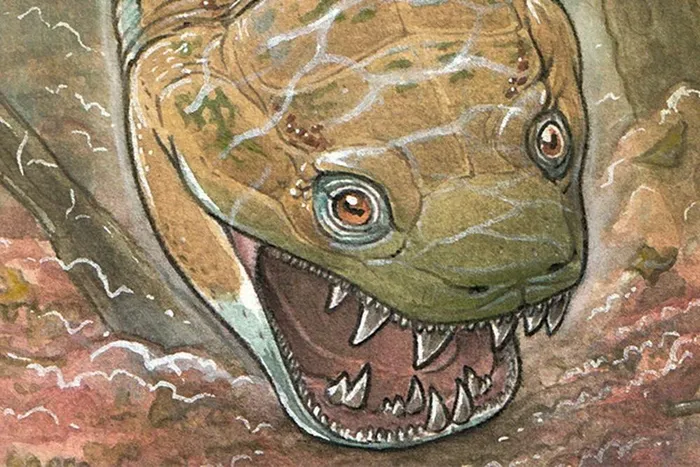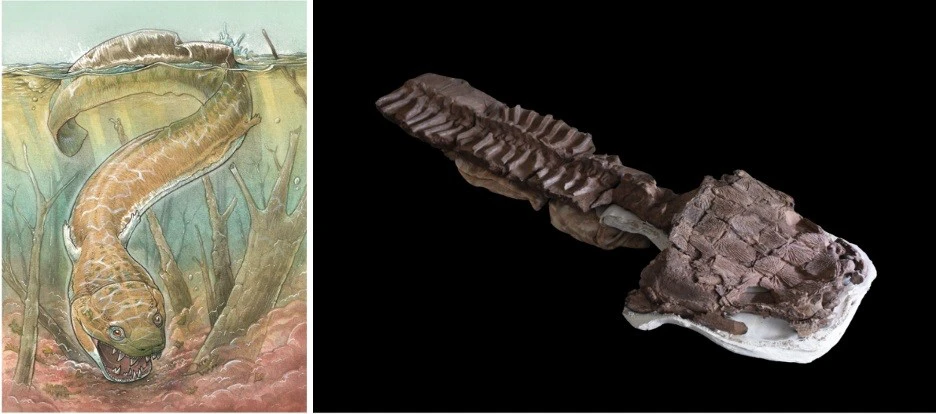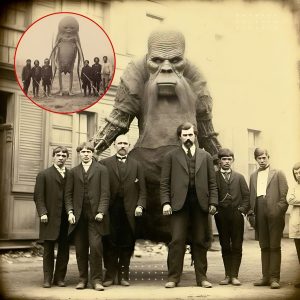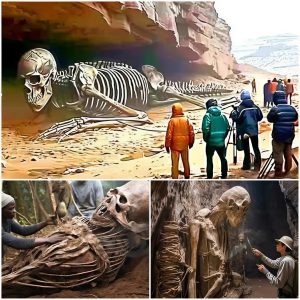According to researchers, this hunting area is larger than a human, using a wide head ring, shell and front teeth to suck and grab the target by surprise, its skull increases in size to 60cm.
Discovery of a salamander-like creature that existed before dinosaurs – Figure 1

Constructed image illustrating Gaiasia jennyae. (Source: Science Alert)
Discovering a salamander-like creature that existed before dinosaurs – Figure 2

Scientists have just discovered fossils of a salamander-like creature with sharp velvet horns, which once dominated the waters long before the crisis appeared.
According to research published on July 3 in the journal Nature, the above creature is called Gaiasia jennyae, named after the Gai-As rock layer in Namibia where the fossil was discovered, and in memory of the paleontologist. Professor Jennifer Clack – who has devoted a lot of effort to researching the chemical processes of arthropods.
Scientists analyzed the fossil remains of four Gaiasia jennyae collected about a decade ago, including skulls and partial spines. This creature was determined to have existed here about 40 million years before the Jurassic period, when dinosaurs began to appear.
According to researchers, this hunting area is larger than a human, using a Broadhead Device, Shell and front teeth to suction and cause unexpected confusion. Its skull measures up to 60 cm.
Scientists have long studied these ancient hunters to learn about the origins of tetrapods – a group of animals capable of moving on land using their fingers instead of fins, and then evolved transformed into amphibians, birds and mammals, including humans.
Video is HOT
Most early pinniped fossils are found in swamps rather than the hottest prehistoric times along the equator in North America and Europe.
However, these latest ruins, dating back about 280 million years ago, were discovered in present-day Namibia – an area of Africa once covered by glaciers and snow.
This suggests that brachiopods may have thrived in colder environments than scientists previously expected, and raises new questions about how and when they became valuable. The opposite rule is Earth.
Dr. Claudia Marsicano at the University of Buenos Aires, co-author of the study, emphasized: “The story of the first four-legged animals is much more complicated than we ever thought.”/.





